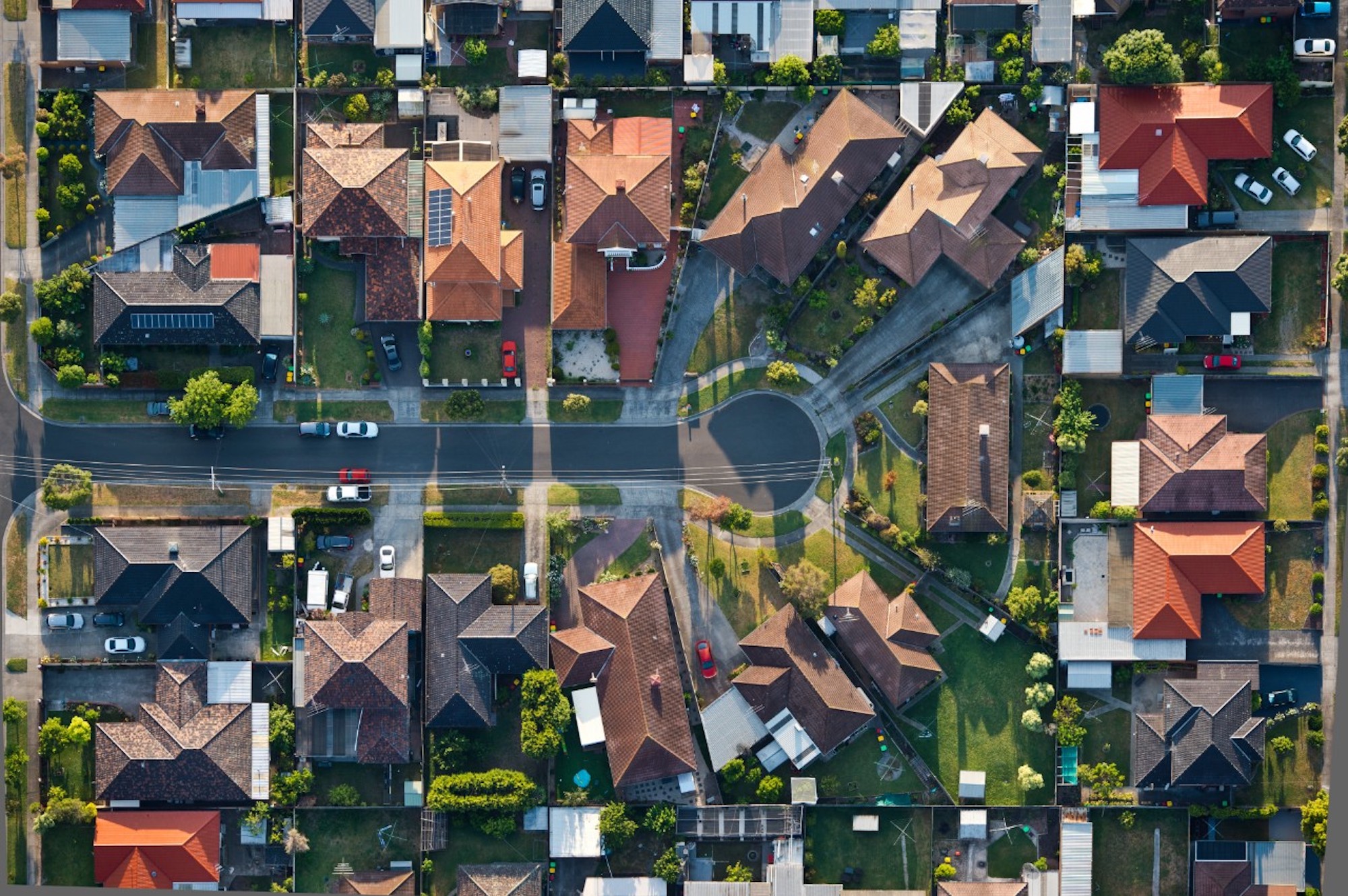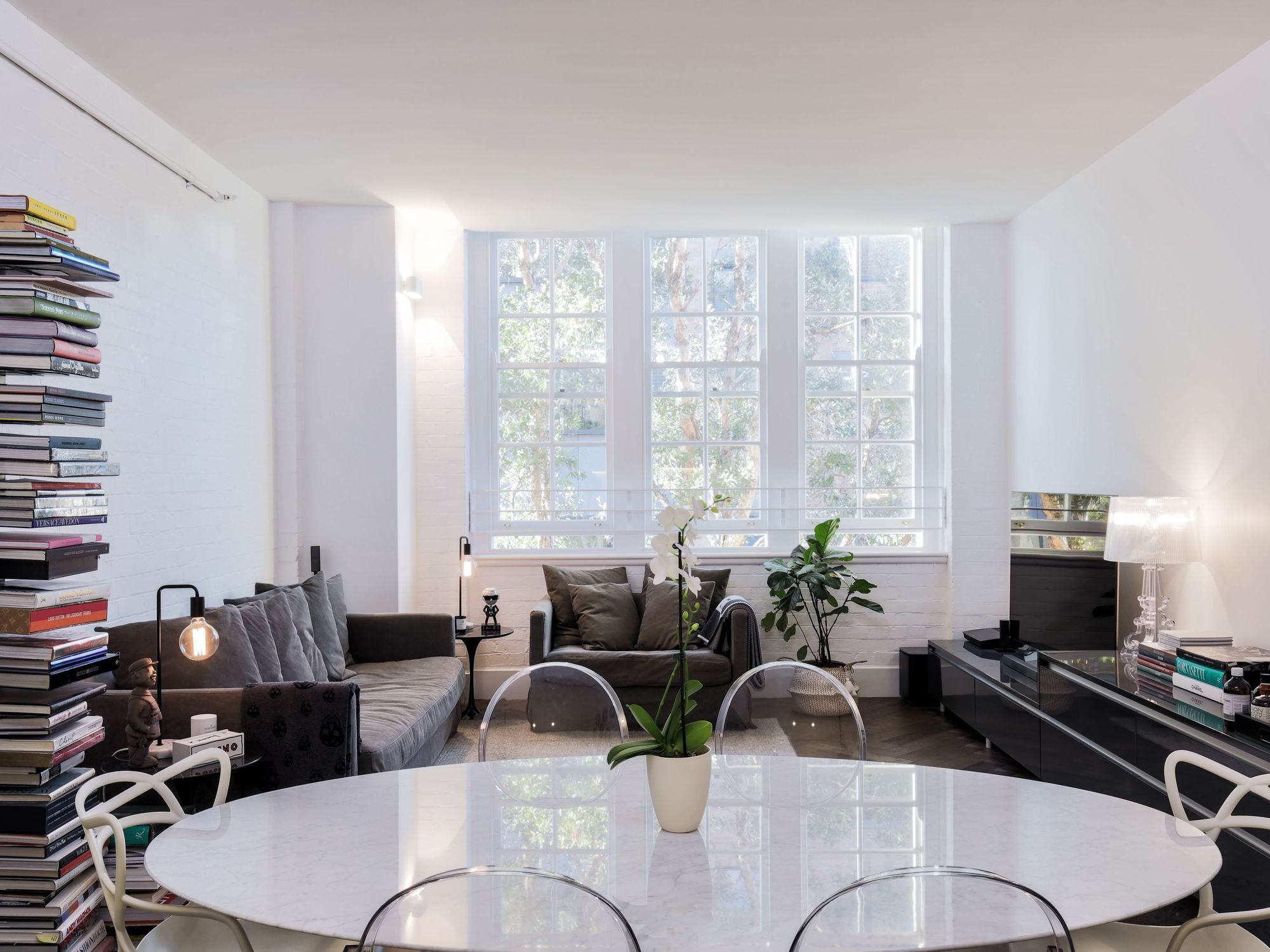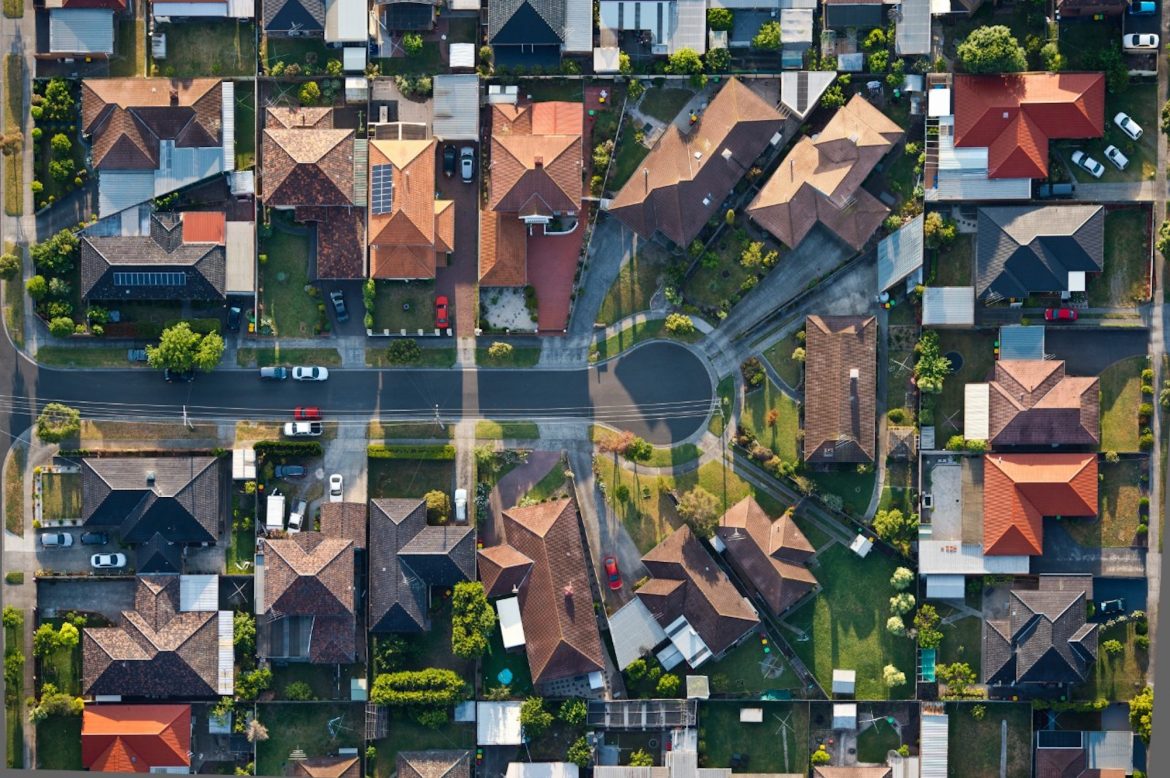There’s never been a better time to negotiate an affordable rental deal, with a glut of properties on the rental market during COVID-19. But a steady drawback in investor activity across Australia could see the tables turn in the not-too-distant future.
The coronavirus crisis has forced many young renters to vacate their homes due to job losses and financial hardship. International border closures have also seen an influx in short-term holiday rentals become long-term residential listings, and an exodus of foreign students has left even more rentals vacant.
But while the oversupply presents an opportunity for tenants to broker a bargain, if mum-and-dad investors – who provide almost all rental housing in Australia – continue to wane, the country could be faced with a rental property shortage, and ultimately, a sharp rise in rents.
Overall buyer activity is up, but investors are dwindling
Despite the current economic environment, buyer enquiry on realestate.com.au, particularly from first home buyers, is up 70% since the pandemic hit in mid-March, which can be pinned to a stable banking system, record levels of stimulus and job losses that have, so far, primarily impacted young people.
But while enquiry is up overall, it has dropped by almost -30% in the investor segment.

The current renters market could quickly change if investors continue to pull back. Picture: Getty.
Investor activity has been trending downwards since the end of 2017 when the Financial Services Royal Commission began. While this was taking place, confidence took a further blow in the lead up to the 2019 federal election, for which investor tax incentives were a contentious policy issue.
Foreign investors have been further hit – depending on what state they wanted to buy in – with additional stamp duty, vacant property surcharges and challenges in securing finance.
Things looked to be stabilising for investors at the beginning of 2020 but then COVID-19 hit in mid-March, claiming the rental market as one of its first casualties.
Tenant woes have flowed through to investors
The rental market was impacted very quickly when the health crisis hit Australia, particularly because many young tenants lost their jobs due to widespread business closures, mainly across the hospitality and tourism sectors. Some tenants went to zero income overnight and had to wait two weeks for the Federal Government to announce its JobKeeper and JobSeeker schemes, designed to keep virus-hit workers financially afloat during the health crisis.
Nevertheless, many unemployed tenants were forced to leave their rental homes because they could no longer pay the rent, and vacant properties began to flood the market.

An influx of virus-hit tenants vacating their homes had led to a glut in rental properties. Picture: realestate.com.au/rent
Since then, we have seen improving conditions in the rental market. Search activity is now up more than 50% since the lows experienced in the early weeks of the health crisis, and are now up almost 15% nationally compared to the same time last year. Rental listings are no longer climbing and are now down 16% compared to the same period last year. The rapid rise in short-term holiday rentals becoming long-term listings has also slowed.
While this is welcome relief to some landlords that have been struggling to lease their vacant rental properties, there are parts of the rental market that remain very weak, which is problematic for investors in these areas.
Units are a problem area
While rental listings are no longer increasing across the board, the unit sector remains problematic with more than 16,000 more units for rent compared to mid-March 2020.
The biggest increases in rental listings have been in areas exposed to students or in suburbs largely inhabited by young people, with more than half the increase concentrated in just 10 suburbs.
Although we are seeing no evidence of mortgagee sales in these suburbs, some investors appear to be trying to get out with many of the suburbs seeing the biggest jumps in rental listings also seeing the biggest jumps in units for sale.
The outlook for unit markets in some areas looks even more bleak, particularly those in Western and South Western Sydney, which are now seeing the lowest views per listing across all rental listings on realestate.com.au.
These areas were problematic prior to the mid-March lockdowns but COVID-19 has exacerbated the problem. Compare this to some of the strongest rental markets, such as Mornington Peninsula, which are now seeing six times the views per listing.
Investors need encouragement
Right now, a lack of investor activity in the Australian property market isn’t a big problem because the rental market remains weak, with some signs of improvement. But problems are going to arise once the economy starts moving forward again.
If investors continue to pull back, the current oversupply of rental properties could very quickly reverse and the market would be thrown in favour of investors.
Encouraging investors back to market is likely to be hard work at the moment, but it could be achieved with better financial incentives from governments, including access to grants such as HomeBuilder as well as stamp duty exemptions.
The post It’s a renters market, but future price hikes loom appeared first on realestate.com.au.

